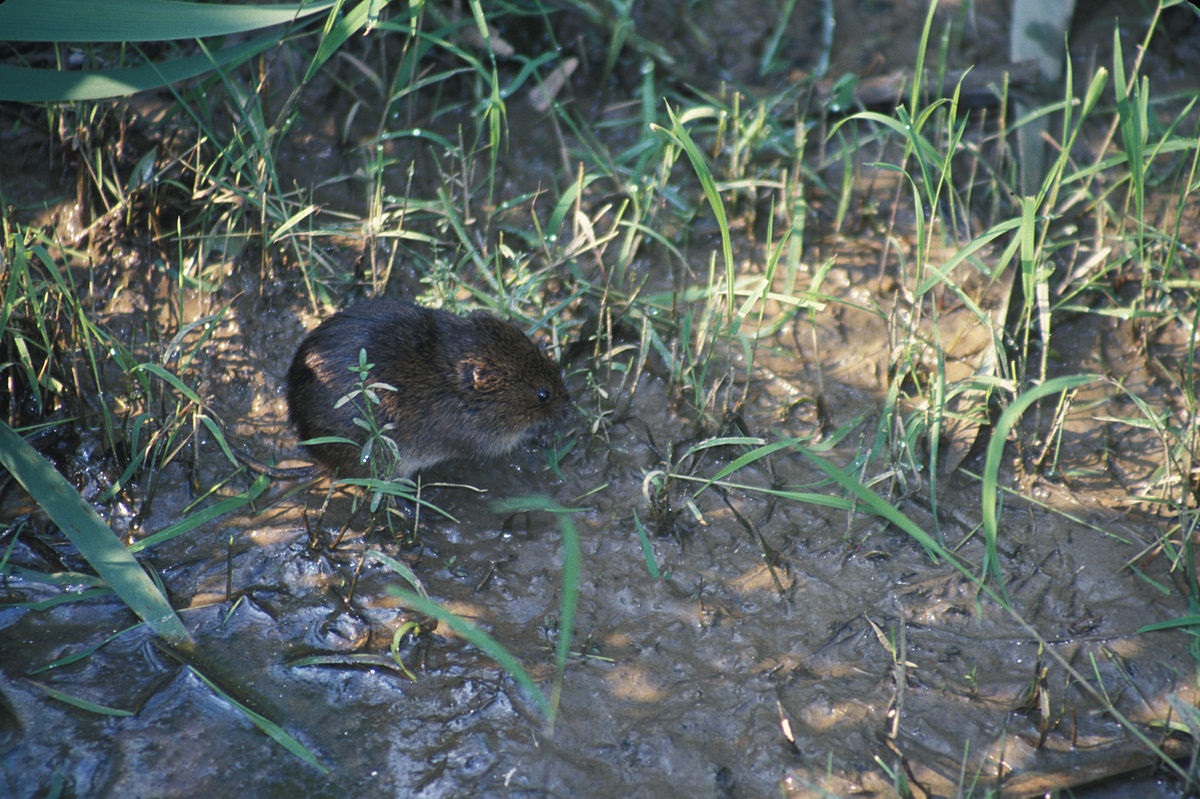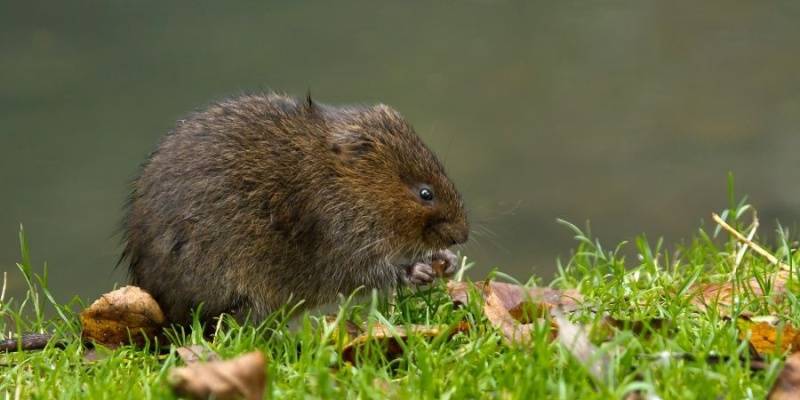Comprehensive Overview to Efficient Vole Insect Control: Problem Recognition and Treatment Approaches
In the world of effective parasite control, vole problems posture an one-of-a-kind obstacle that demands a strategic approach. By discovering the subtleties of vole behavior, recognizing essential signs of invasion, and reviewing a range of control choices, one can establish a thorough method to fight these elusive insects.
Recognizing Vole Habits
Vole actions is characterized by their delving behaviors and fast recreation prices, making them a tough parasite to control successfully. These little rodents usually produce detailed passage systems underground, utilizing them for shelter, food storage, and transport. Voles are herbivores, taking in a variety of plants, bulbs, turfs, and roots, which can trigger considerable damage to yards, orchards, and yards. Their quick reproductive rate further complicates control initiatives, with women capable of generating several litters in a single year, each including a number of spawn.
Voles are most active during the morning and evening hours, spending most of their time foraging for food. Their delving routines not only disturb grass and yards but additionally make them challenging to remove and identify. Recognizing vole behavior is critical for effective pest control approaches. By identifying their burrow areas, monitoring feeding locations, and executing targeted control methods, such as capturing or environment alteration, vole problems can be handled successfully.
Signs of Vole Invasion

Avoidance Strategies
Carrying out reliable prevention techniques is vital in lessening vole infestations and safeguarding plants from their destructive feeding habits. To avoid vole problems, it is necessary to begin by removing possible food sources and shelter.
On a regular basis evaluating the property for indications of vole activity, such as paths and tunnel openings, is important for very early discovery and prompt action. If vole activity vole lawn damage is believed, take into consideration making use of traps or repellents strategically put near their pathways. Employing all-natural predators like owls or serpents can additionally help keep vole populaces in check. By executing a combination of these prevention garden enthusiasts, methods and property owners can efficiently secure their plants from vole damages.
Non-Lethal Control Techniques
To successfully handle vole populaces while prioritizing humane approaches, non-lethal control methods provide sensible services for lowering vole damage in landscapes and gardens. One effective technique is using physical barriers such as equipment cloth or wire mesh to protect susceptible plants. These barriers can be buried a minimum of 12 inches deep and curved at a 90-degree angle to stop voles from delving below. Additionally, environment adjustment can hinder voles by reducing their chosen food resources and concealing places. Preserving a well-mowed lawn, removing particles, and maintaining plant life trimmed can make the setting less enticing to voles.

Lethal Control Options
One effective method for attending to vole problems in yards and landscapes includes the tactical use of deadly control options. When faced with a serious vole problem that non-lethal techniques have actually stopped working to have, executing dangerous control procedures becomes important. In general, when using lethal control choices, it is important to do so responsibly and in accordance with regional policies to successfully manage vole invasions.
Verdict
Finally, effective vole parasite control requires an extensive understanding of vole habits, recognition of indications of invasion, implementation of avoidance techniques, and usage of both non-lethal and deadly control methods. By integrating these strategies, individuals can efficiently handle vole populations and protect their residential or commercial property from damages. It is essential to attend to vole invasions without delay to avoid more problems and minimize the influence on the surrounding atmosphere.
Given the elaborate tunnel systems and quick recreation prices characteristic of voles, recognizing the signs of vole invasion becomes necessary in efficient bug control. One of the key indicators of vole visibility is the visibility of surface area paths or trails in grass or snow, generally concerning 1-2 inches wide, produced as voles take a trip in between their burrows and food resources.To successfully take care of vole populaces while focusing on humane techniques, non-lethal control methods provide functional options for lowering vole damages in landscapes and gardens.One effective method for addressing vole infestations in gardens and landscapes includes the critical use of deadly control options. vole lawn damage.In verdict, effective vole insect control calls for a comprehensive understanding of vole actions, identification of indicators of problem, application of avoidance strategies, and application of both deadly and non-lethal control techniques
Comments on “Secure Your Grass: Efficient Vole Control Techniques”